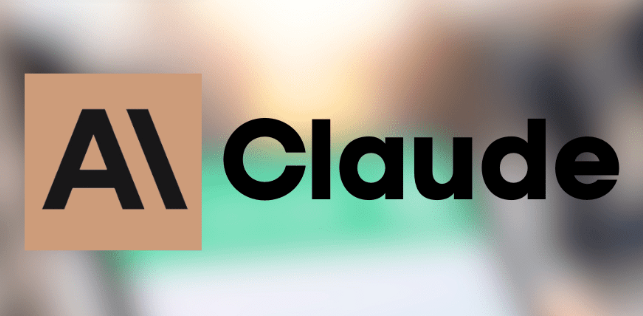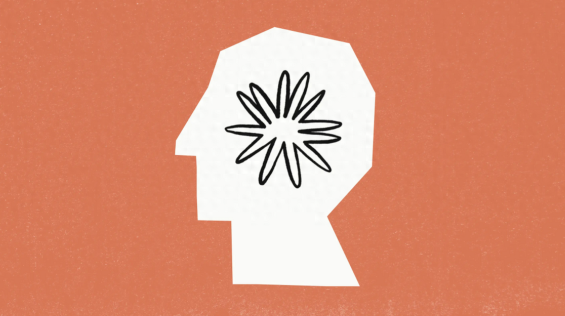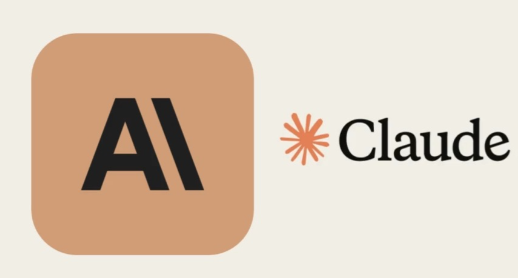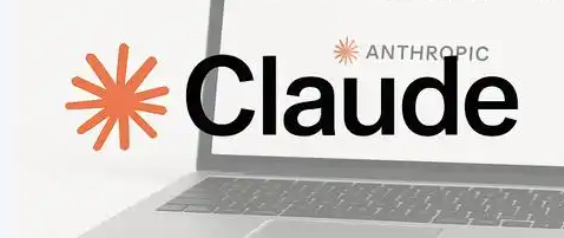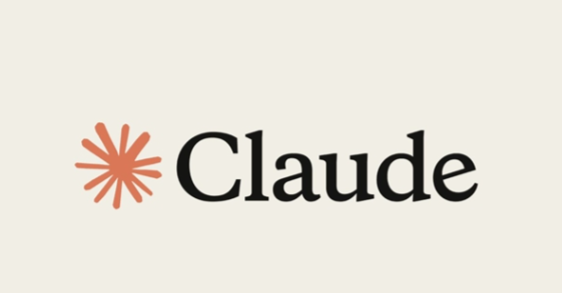The Rise of AI-Assisted Learning: Convenience and Challenges
In recent years, AI-assisted learning has become a hot topic among students, teachers, and parents. AI can automatically mark assignments, generate study plans, and even write essays with a single click, saving time and effort. Everyone says AI makes learning more efficient, but have you noticed that many young people no longer think things through, simply handing problems over to AI? MIT researchers point out that this reliance may cause youth critical thinking skills to fade. After all, critical thinking is not innate; it is developed through constant questioning, problem-solving, and analysis.
Five Ways AI-Assisted Learning Impacts Youth Critical Thinking
1. Mental Laziness: Less Time Spent Thinking
In the past, when faced with tough questions, students would look up information, discuss with peers, and think things over multiple times. Now, with AI-assisted learning, many students simply let AI provide the answer, not even looking at the process. Over time, this leads to mental laziness and a lack of independent analytical ability.
2. Decline in Information Filtering Skills
AI can quickly summarise information, but it will not judge what is reliable for you. Getting used to AI-curated content, young people may overlook the importance of information verification, weakening the core of critical thinking — independent judgement and discernment.
3. Creativity Becomes 'Templated'
AI writing and art may seem cool, but most content is based on existing data and templates. Prolonged reliance can cause young people's creativity and originality to be 'homogenised', making it hard to break out of mental frameworks.

4. Weakened Ability to Solve Complex Problems
A key part of critical thinking is the ability to break down, analyse, and reason through complex problems. AI can give answers, but it cannot take you through the entire thinking process. Over time, young people may find themselves stuck when facing new or complex situations.
5. Increased Psychological Dependence, Reduced Initiative
With habitual AI assistance, many students feel uneasy without it and may be unwilling to try new methods on their own. The 'active exploration' aspect of critical thinking is gradually replaced by passivity, impacting personal growth and future competitiveness.
How to Protect and Enhance Critical Thinking in the Age of AI-Assisted Learning?
Since AI-assisted learning is here to stay, we should learn to 'use AI wisely, not be used by AI'. Here are five practical steps to enjoy AI's benefits while protecting and boosting youth critical thinking:
1. Always Ask 'Why' After Getting an Answer
Never just accept AI's answer. Every time you use AI, ask yourself, 'Why is this the answer?' or 'Is there another way?' This keeps your mind engaged and prevents mental laziness.
2. Try Yourself First, Then Use AI for Verification
When facing homework or tough questions, attempt them yourself before turning to AI for checking or supplementary help. This builds independent thinking and lets AI fill in the gaps.
3. Gather Information from Multiple Angles: Compare and Question
When searching with AI, do not stick to the first result. Check multiple viewpoints, compare, analyse, and even challenge AI's conclusions to develop a critical eye.
4. Keep Training Creativity: Do Tasks AI Cannot Do
Engage in open-ended, creative tasks like writing original articles, designing projects, or joining debates. This helps you break out of AI's templates and keeps your creativity sharp.
5. Regularly Review AI Habits: Set 'No AI' Periods
Schedule weekly periods where you learn independently, without AI assistance, to test and improve your critical thinking. Regularly reflect on your AI usage and adjust as needed to avoid dependence.
Conclusion: AI and Critical Thinking Can Coexist
AI has undoubtedly made learning more efficient, but balancing AI-assisted learning youth critical thinking is key to the future of education. We cannot reject AI, but we must not let critical thinking be replaced by it. Only through active thinking and smart use of AI can we remain competitive in the age of intelligence. The future belongs to those who can use AI and think independently!

